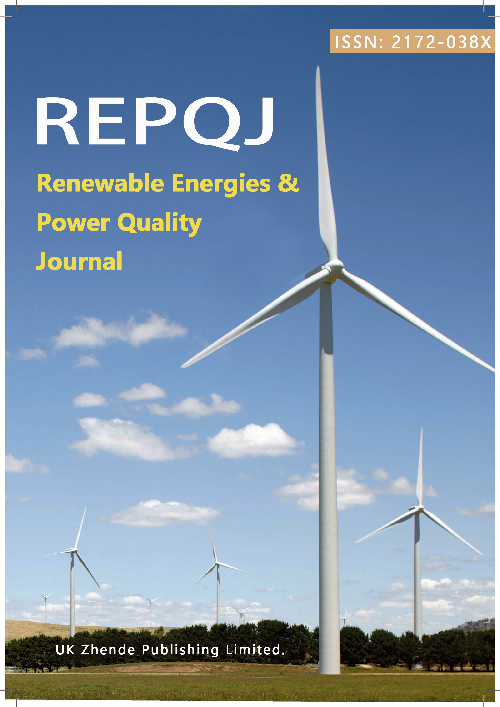Overview of the Application of Neuroevolution and Genetic Algorithms in the Control of Power Grids with Renewable Energy
DOI:
https://doi.org/10.52152/4531Keywords:
Renewable energy integration, Reinforcement learning, Neuroevolution, Electrical grid stability, Control systemsAbstract
The integration of renewable energy sources into electrical grids introduces significant challenges, particularly in ensuring stability and reliability in dynamic, nonlinear environments. These sources create fluctuations, uncertainties, and voltage regulation issues that traditional control systems struggle to manage, compromising the grid’s ability to deliver a stable power supply. Addressing these challenges requires advanced, adaptive control solutions capable of responding to the variable nature of renewable energy. This article explores advanced techniques, focusing on reinforcement learning and Neuroevolution, to develop innovative control strategies for electrical systems. Neuroevolution, which combines neural networks with evolutionary algorithms, optimizes control without relying on gradient-based methods, making it suitable for complex, unpredictable scenarios. These approaches enhance grid stability, improve response times, and enable realtime anomaly detection and corrective actions, offering a resilient and efficient solution to the limitations of traditional control methods.
Downloads
Published
Issue
Section
License
Copyright (c) 2025 A. Alarcón, N. Lapuente, N. Galan, A. Talayero, V. Lacerda (Author)

This work is licensed under a Creative Commons Attribution 4.0 International License.











